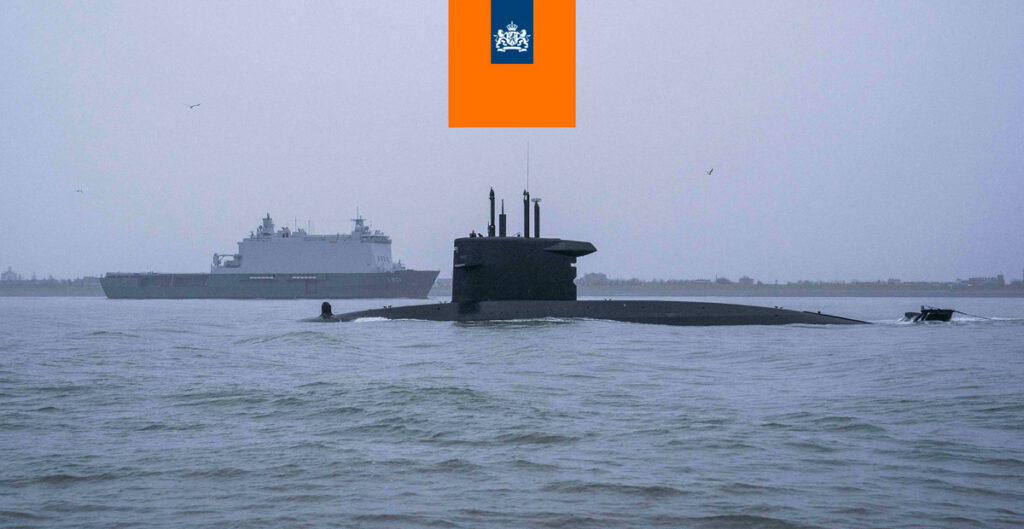OptiFender – partial discharge monitoring system, proved effectiveness in PD detection in high-voltage Gas Insulated Switchgear (GIS)
Fiber optics is a powerful principle that drives our sensing systems allowing us to provide solutions for previously unresolved challenges. Partial discharge being a common problem in high-voltage environments, it is crucially important to monitor the asset to avoid costly unscheduled repairs. OptiFender is able to perform this task, as it is by default immune to electromagnetic interference thanks to the fiber optic sensors. At the same time it is able to perform highly sensitive measurements that is required to detect PD. Recent tests in collaboration with the TU Delft proved effectiveness of OptiFender in high-voltage gas insulated switchgear (GIS).
Read about OptiFender detecting partial discharge in high-voltage gas insulated switchgear (GIS)
What was the test setup?
To be as close to the everyday environment as possible, OptiFender was tested on an actual-size, SF6 AC GIS at the high voltage laboratory in TU Delft. Partial discharges were created by placing a small particle of aluminum in the compartment of the GIS. OptiFender allows for an easy installation as fiber optic sensors can be placed in a non-invasive way on the surface of the equipment. Multiple sensors were placed on the surface of the GIS applying different distances away from where the aluminum was inserted. All the sensors cables were combined on a single multicore lead-in cable that led to the OptiFender readout unit registering acoustic emission signals captured by the sensors. Although this lead-in cable was only 10 meters long, in principle such lead-in cables can run for kilometers, without losing the signal.
How did OptiFender perform in partial discharge detection?
The main working principle of OptiFender is measuring the acoustic signal of partial discharge happening in the asset. Thanks to the high sensitivity of our fiber optic sensors, all of the sensors that were placed on the GIS were able to detect the small PD signals regardless of their position. The sensors placed the closest to the source of partial discharge, were sensitive to PD signal with an impressive signal-to-noise ratio (SNR) of 35 dB, while the sensor that was placed about 2 meter away from PD source, had a detection SNR of 31 dB.
This experiment demonstrated how the novel approach in detecting partial discharge with fiber optics brings results regardless the high-voltage environment. Not only was PD detected by the sensors at a distance from the PD source, OptiFender also proved to still deliver usable SNR measurement results.
based on paper “Partial Discharge Detection in High-Voltage Gas Insulated Systems Using Fiber Optic Based Acoustic Sensors” by: Aydin R. Zadeh, Nicola Piva, Luis Carlos Castro Heredia










